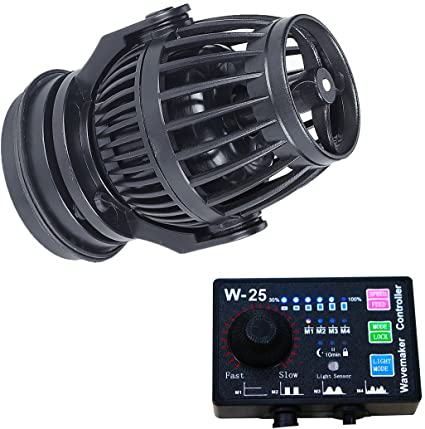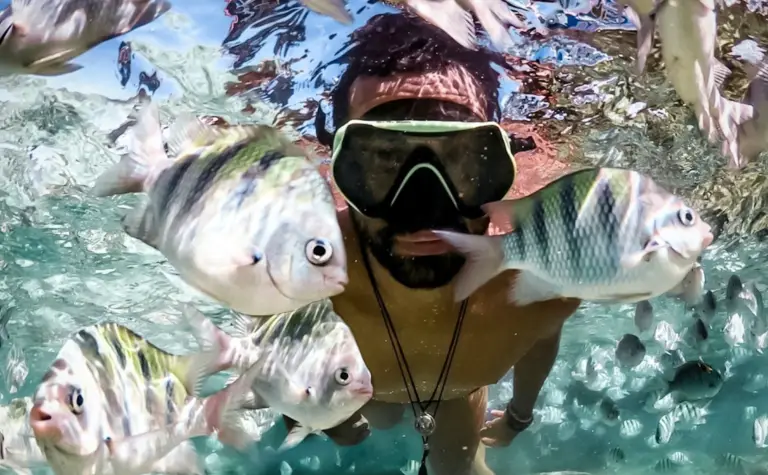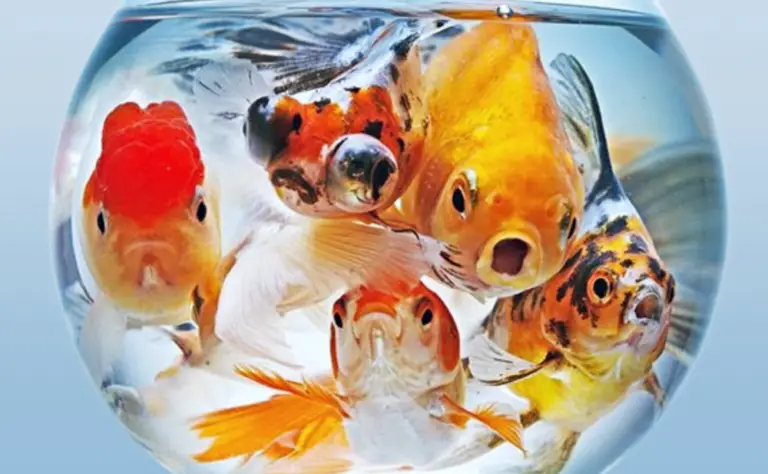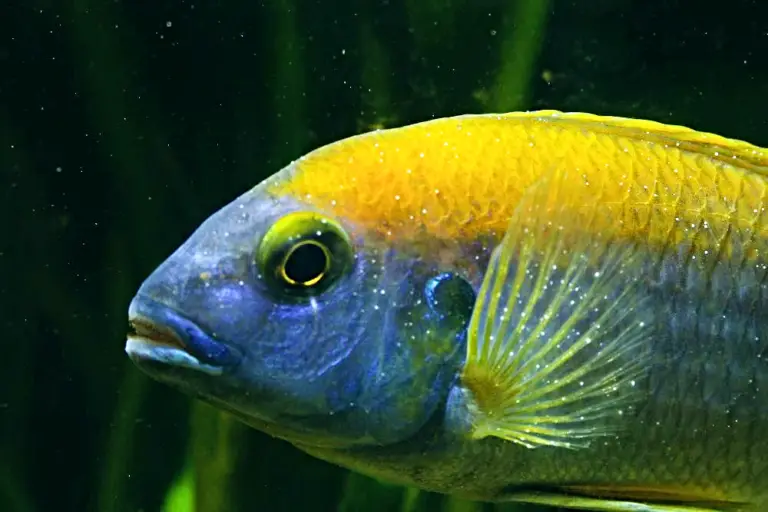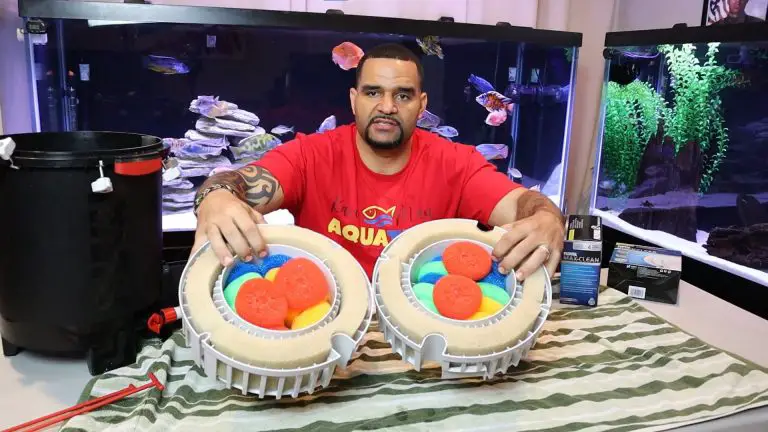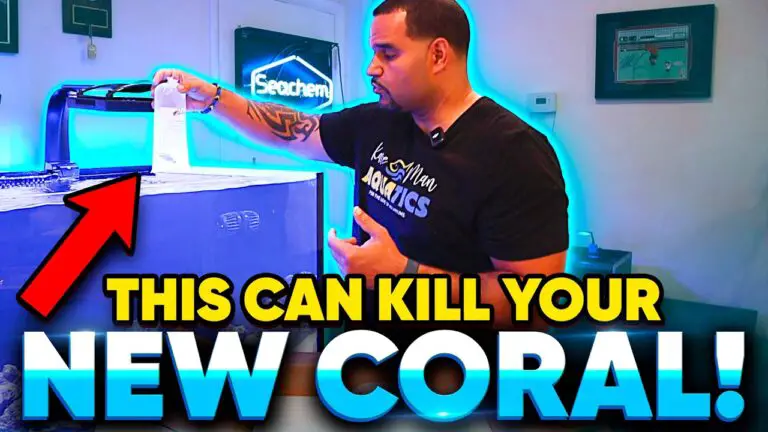What Does An Aquarium Wave Maker Do – (Top 5 Benefits)
So you’re interested in learning more about an aquarium wave maker…But what does an aquarium wave maker do? Why should you use a wave maker? What are the benefits of a wave maker in an aquarium? Are they better than bubblers? How long should they stay on for? Where would be the best place to put them in YOUR tank?…Don’t worry you came to the right place. I’ve got answers to all your questions when it comes to wave makers.
What Is An Aquarium Wave Maker
So lets start by talking about what a wave maker is, what its purpose is and the benefits of having one…. No worries, if you’re already familiar with wave makers and want more information on application we’ll cover that later in the article as well.
A wave maker is basically just an underwater fan that will push water away from it and pull water to it. It can create a circular vortex in your tank helping to keep water constantly moving.
This is beneficial in keeping waste and debris from getting stuck or trapped in a dead spot in your tank. More water movement means detritus will keep moving and eventually find your filter intakes.
Do I Need A Wave Maker For My Aquarium
The simple answer is no. A wave maker is not necessary. Having an air pump with an air stone or even a simple sponge filter setup will provide surface agitation for proper oxygen transfer. But adding a wave maker can be very beneficial for certain tank/fish setups.
If you have fish that like a good current, a wave maker helps in producing that strong flow of water. How can you tell if they like it? If your fish are constantly swimming into the current, they like it.
If they’re stuck all the way on the other side of the tank they’re trying to get away from it. Do a little testing and experimenting with how much flow they like or don’t like.
Make sure that you have adequate hiding spots for your fish to escape the current if they need to rest. Keeping in mind that the more décor in the tank the more dead spots may arise. These dead spots are where most of your detritus accumulates.
African Cichlids like my guys love a good current, and a wave maker actually helps in reducing aggression by keeping them busy and actively swimming around instead of expelling all their energy onto another fish.
But some fish like goldfish or bettas don’t like any current at all. So research your type of fish first.
Benefits Of A Wave Maker In Aquarium
A major benefit of a wave maker in an aquarium, if placed on top of your tank and angled upwards towards the surface is the addition of surface agitation. The flow will create waves on your surface which will help in the transfer of oxygen into your tank which is very important.
These constant waves on your surface will oxygenate your tank water more efficiently than any scuba diver man with some bubbles. No judgement though, I’ve had that guy too 😉
A wave maker will also help to keep your water crystal clear. When detritus build up in your tank it can easily get stuck behind or under a piece of décor. It can even find a dead spot in your tank where it may never be able to reach your filters intake.
A wave maker helps with this by constantly creating water movement in your tank. This will eliminate dead spots in your tank and dislodge any trapped waste or other organic material, helping it to eventually find your filters intake.
This is essential in keeping a healthy environment for your fish as well as maintaining crystal clear water.
Another great benefit of a wave maker is its ability to reduce aggression in aggressive fish. The constant current in the tank keeps them distracted and more focused on swimming than each other.
How To Setup Aquarium Wave Maker Position
So what’s the best wave maker position in your tank? Well we’ve already discussed that on top angled upwards is super beneficial for surface agitation. But which side of your tank it goes on will depend on what side your filters intake strainer is.
Whether you have an HOB, a Canister filter, or even just a Sponge filter…water enters those filters from the bottom of your tank. The intake strainers are at the bottom and a sponge filter sits on your substrate. Since our wave maker will be on top the best side is the same side your intake is on. For filter comparison, here’s a great article on best aquarium filters.
The reason is because as the wave maker pushes water away from it on top, it is also pulling water towards it from the bottom. All the uneaten food, waste and debris sitting on your substrate will also be pulled towards it from the bottom.
That’s where your intake strainers will intercept the waste and get sucked right into your filters. If you have a sponge filter the sponge will catch and trap it there too. Makes sense right?
Now if you have a tank on the bigger side, something like a 75 gallon or bigger you might want to add a second wavemaker. This second wavemaker will go on the opposite side as your first but on the bottom this time.
This will just help in creating and keeping that circular pattern of water movement in your tank. If your fish can handle the current, 2 is better than 1.
How To Use Wave Maker In Aquarium
A common question I get asked a lot is how do I use a fish tank wave maker? How long do I leave them on, should you vary the flow, do I turn them off at night?
Well like I said, research your type of fish first to find out if they enjoy water with current and flow. If they do, like my African Cichlids, I can tell you what I do but I’m sure everyone will have there preferred method.
I keep my wave makers on 24/7 365 days a year. I only turn them off during feedings just so that food doesn’t get sucked into my filters before the boys have had a chance to eat it….and that only stays off for about 2 minutes or less.

I use a Freesea 1600 GPH Wave Maker on top near the surface and a SunSun JVP 800 GPH Wave Maker on the bottom of my 75 Gallon tank.
In my 210 gallon tank I use 1 Uniclife 3400 GPH Wave Maker which has adjustable power and wave form settings as well as night mode.
I actually want to turn them back on immediately after all the food is gone to get any left over food residues out of my tank immediately to avoid the water getting cloudy or spiking ammonia!
I used to turn my wavemakers off at night to give the guys some time to “Rest” But I found that in the mornings they would be wired, chasing and fighting from maybe being restless…???
And when I didn’t turn it off at night, not only were they still able to find a nice resting spot at night, but in the morning they were still calm and the water would be absolutely crystal every morning! (If you need help in achieving crystal clear aquarium water Click Here for some great tips and advice.)
So for me and my guys, wave makers on 24/7. Play around and experiment with your guys and see what best works for you, but like I said, everyone has their preference! Once you notice how clear and clean your tank gets with a wave maker you’ll never run a tank again without one!

